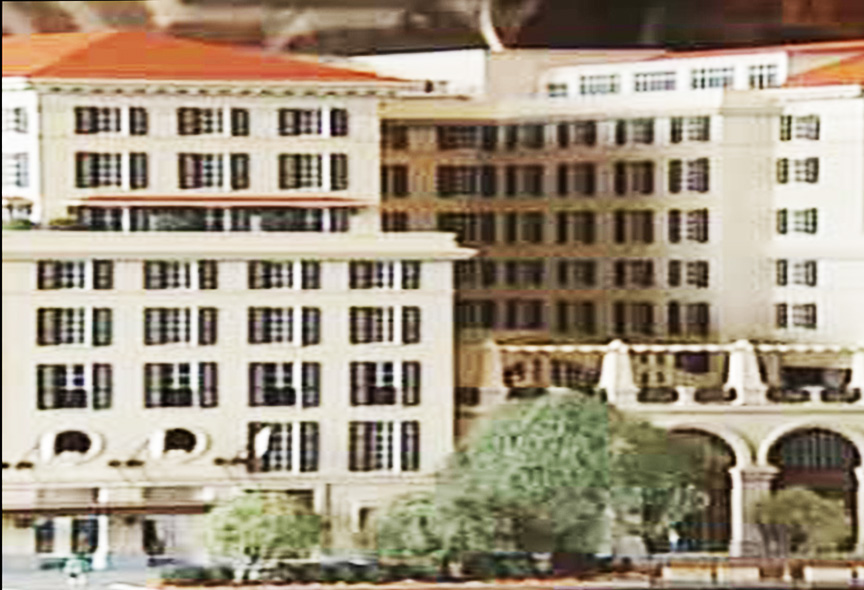
GAME EMOTION SCALE
The following chart adapted from ABRAHAM-HICKS is a scale of emotions ranked by frequency with the highest frequency at the top and the lowest at the bottom:
► EMOTION FREQUENCY SCALE
7 Joy, Love, Freedom, Knowledge, Appreciation, Empowerment
6 Passion
5 Enthusiasm, Eagerness, Happiness
4 Positive Expectation, Belief
3 Optimism
2 Hopefulness
1 Contentment, Satisfaction, Replenishment
0 —Release-Trust-Let-go––boundary—
– 1 Boredom, Stagnation, Stuck
– 2 Pessimism
– 3 Frustration, Irritation, Impatience
– 4 Overwhelmed
– 5 Disappointed, Dissatisfied
– 6 Doubt
– 7 Worry, Anxiety
– 8 Blame
– 9 Discouragement
– 10 Anger
– 11 Revenge, Judgment, Righteousness
– 12 Hatred, Rage
– 13 Jealousy
– 14 Insecurity, Guilt, Unworthiness
– 15 Fear, Depression, Powerlessness, Grief, Despair, Helplessness
HOTEL PROFILE
I imagine the emotional scale as the profile of a European hotel with level zero as the ground floor at street level. The better-feeling emotions are on the upper, positive-numbered levels. They have windows that let in the sunshine that signals I am on the route to things I desire. The level seven penthouse is where I want to be!

If I get stuck on a negative-numbered basement parking level, my low-frequency vibration means I am off my path and attracting unwanted things. The deeper the level, the farther off my path and the farther I must climb to get up to the daylight.
Emotions are indicators that tell where we are so we can decide what to do next.

It is normal Gameplay to find oneself on occasion in the basement, off our path. We get back on our path by replacing the thoughts that caused the emotions with thoughts that stimulate better-feeling emotions. We can quickly climb back up to thoughts that trigger good-feeling emotions.
Got friends who want to play Life’s Game better? Send the link:

